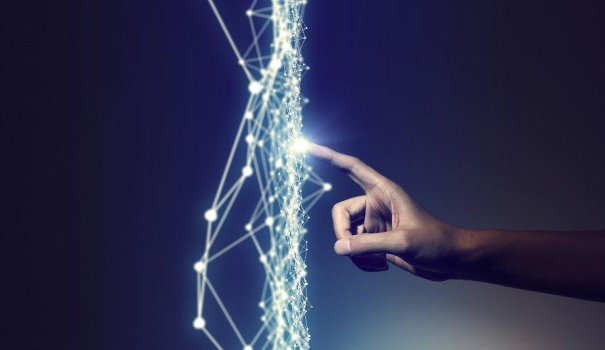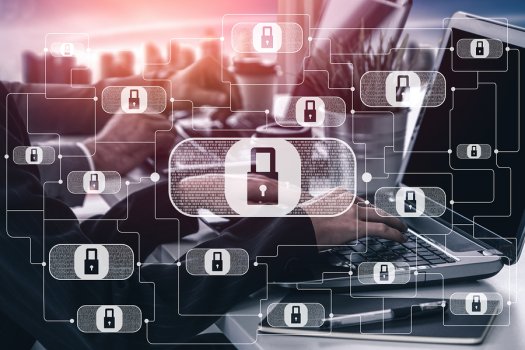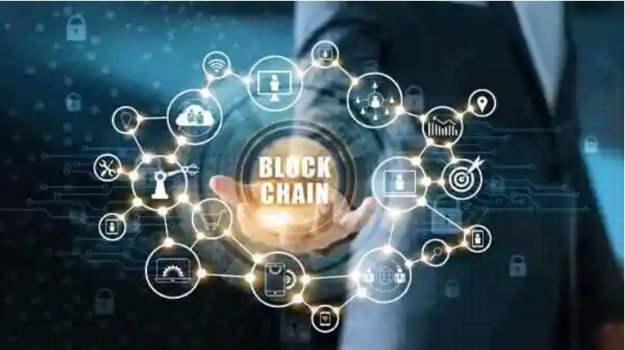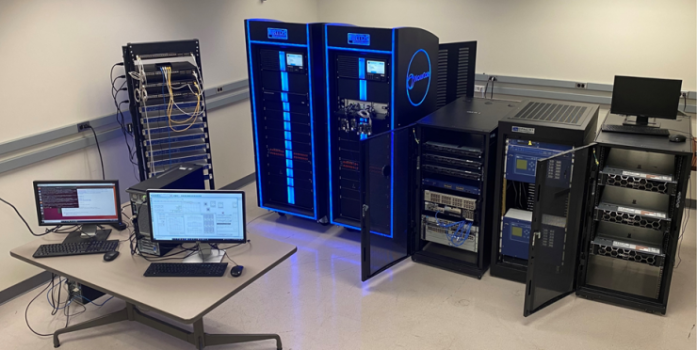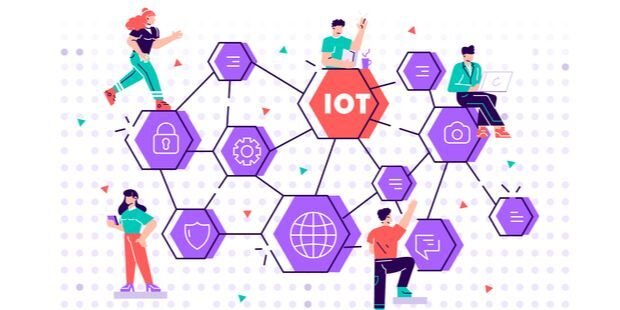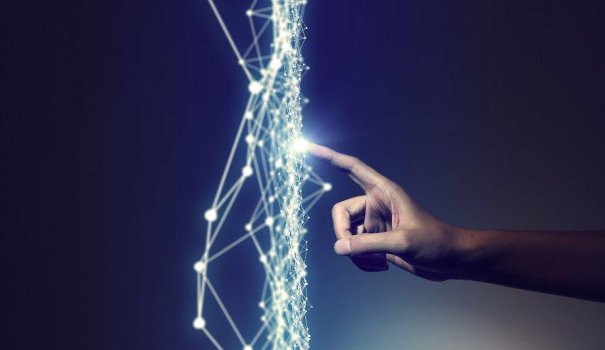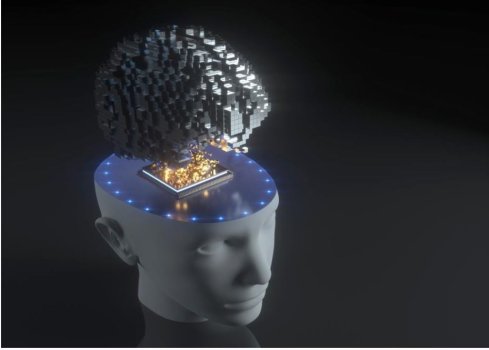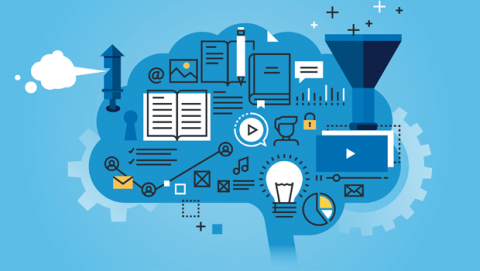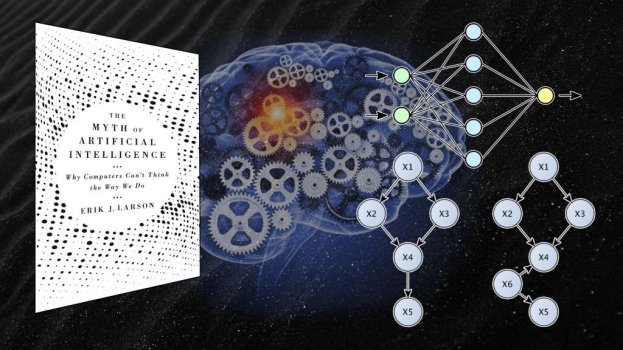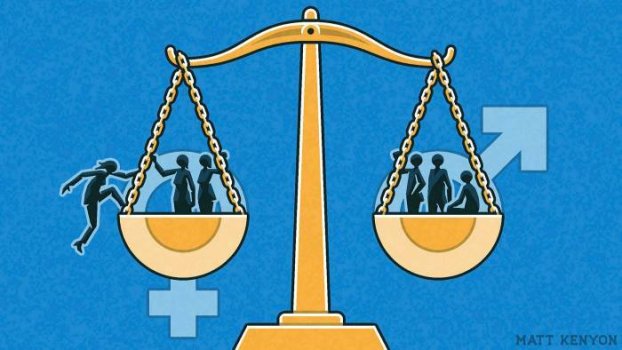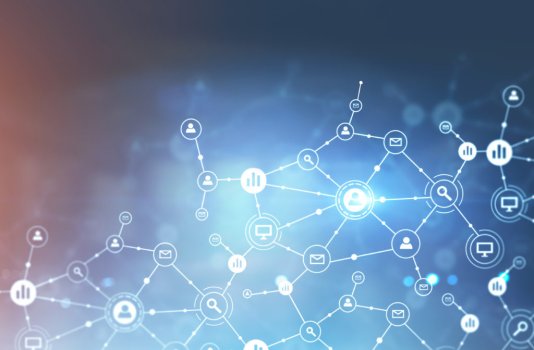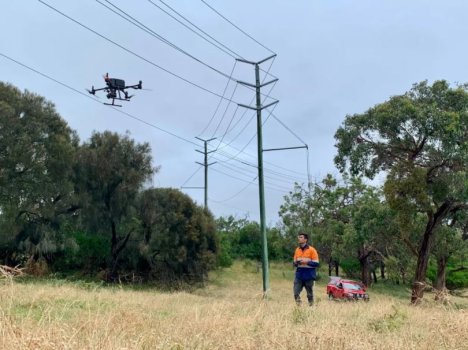Addressing The Internet Of Things (IoT) And Challenges In Device Design Using A Comprehensive Approach
- Technology Solutions
- 0 Replies
As the number of connected devices increases worldwide, the ways that they are being used, designed, and tested have also expanded. The rise of connected devices is demanding engineers to harness the power of the internet of things, which is expected to hit 28 billion by 2025.
A comprehensive approach to device design is needed more than ever to address the challenges that this rapid growth will bring.
Why Engineers Should Be Using IoT Technology In Product Design
The demand for devices designed to use the Internet of Things (IoT) technology is increasing as more industries are finding expanded ways to put them into use. Industries such as healthcare, automobiles, and agriculture are becoming more dependent on cloud capabilities and are therefore in need of new devices able to connect to it.
Due to this rise in demand, an increasing amount of devices are delivering a multitude of benefits both to consumers and companies. However, this new wave of products has led to a growing list of challenges for engineers as they are forced to address IoT tech in regards to connectivity, regulations, longevity, and security.
Continue reading: https://www.securityinformed.com/insights/addressing-internet-iot-challenges-device-design-co-2925-ga.1631540683.html
A comprehensive approach to device design is needed more than ever to address the challenges that this rapid growth will bring.
Why Engineers Should Be Using IoT Technology In Product Design
The demand for devices designed to use the Internet of Things (IoT) technology is increasing as more industries are finding expanded ways to put them into use. Industries such as healthcare, automobiles, and agriculture are becoming more dependent on cloud capabilities and are therefore in need of new devices able to connect to it.
Due to this rise in demand, an increasing amount of devices are delivering a multitude of benefits both to consumers and companies. However, this new wave of products has led to a growing list of challenges for engineers as they are forced to address IoT tech in regards to connectivity, regulations, longevity, and security.
Continue reading: https://www.securityinformed.com/insights/addressing-internet-iot-challenges-device-design-co-2925-ga.1631540683.html

